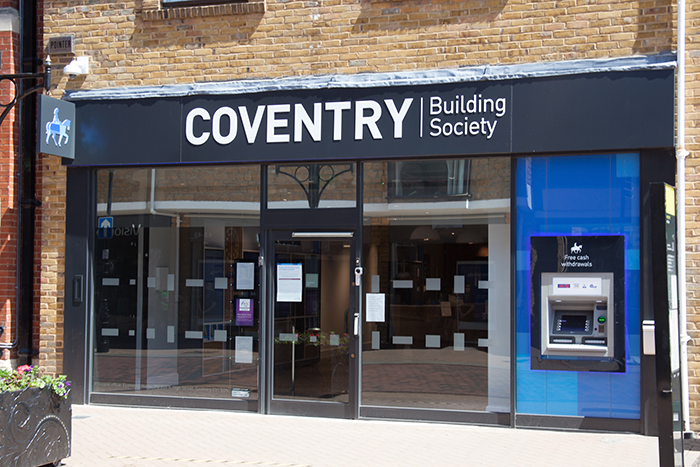
Mortgage rates moved in both directions this week, but some of the sharpest pricing changes were to five-year fixes in mid-range loan-to-value tiers, according to Moneyfacts’ data.
It is the first time in almost three years that average two-year deals have been cheaper than five-year rates.
While there was no change to the five-year fixed rate average across all loan-to-value tiers, which remained at 5.01%, the average rate at 70% LTV jumped by 6 basis points from 5.06% to 5.12% over the past week.
The average five-year rate at 60% LTV increased 3 bps to 4.62% and at the average rate at 65% LTV rose by the same amount to 4.91%.
The average 10-year fixed rates across all LTVs climbed 6 bps to 5.66%.
But there was some good news for borrowers as a few basis points were shaved off two and three-year fixed rates.
At 95% LTV, the average two-year fix dropped by 3 bps to 5.45% and at 70% LTV it came down by the same margin to 4.92%.
The overall average two-year fixed across all LTVs edged down by 1 bp to 5% and the average three-year rate also dropped a basis point to come in slightly cheaper at 4.9%.
Moneyfactscompare.co.uk personal finance expert Rachel Springall says: “There were a mixture of fixed rate cuts and increases this week, with the rate cut margins more generous by some brands.
“This is the first time the two-year rate has been lower than its five-year fixed counterpart since September 2022.
“Unsurprisingly, we had a few lenders drop their tracker rates by 25 bps after the Bank of England base rate reduction, as well as confirmation of standard variable rate (SVR) reductions from September, such as with Nationwide and Santander.
“This is good news to borrowers who are sitting on a variable rate deal, as it means they can save around £40 per month on a typical mortgage of £250,000 over 25 years.”
Mixed bag of rate drops and price increases
Springall says: “The prominent brands to reduce selected fixed rates this week included Lloyds and Halifax by up to 28 bps, Virgin Money by up 14 bps, TSB by up to 20 bps, HSBC by up to 8 bps but also increased by up to 3 bps and First Direct cut by up to 9 bps.
“Building societies that reduced rates included Leeds Building Society by up to 20 bps Yorkshire Building Society by up to 34 bps, Principality Building Society by up to 4 bps but also increased by up to 28 bps and Coventry Building Society by up to 5 bps.”
She adds that other lenders rate cuts included The Co-operative Bank by up to 43 bps but it also increased some deals by up to 19 bps.
Kent Reliance cut by up to 60 bps but increased some deals by up to 10 bps, Clydesdale Bank cut by up to 28 bps, Gen H trimmed some by up to 5 bps but also increased by up to 25 bps and United Trust Bank cut by up to 20 bps.”
Lenders cautious on further cuts as MPC votes are split
Springall says: “Lenders were already cutting fixed rates in the run up to the base rate decision, following on from drops to swap rates.
“However, the momentum of such fixed cuts may be low and slow for now due to the knife-edge split vote by the MPC, swap rates have been on the rise since as a result.”
She says this could make lenders wary of passing on hefty rate cuts to borrowers, but smaller lenders could fight harder to attract new business with lower prices.
Springall adds: “Whether or not more BOE base rate cuts will surface before the year is over is very much still up for debate and we don’t yet know what kind of impact the pending Autumn Statement will have on the markets.”



